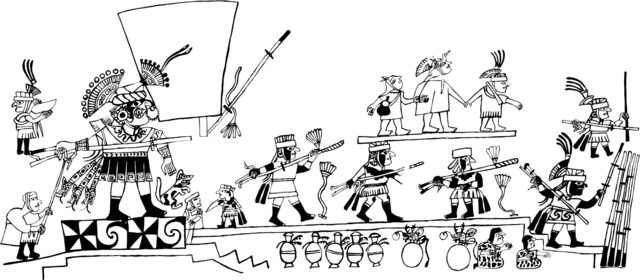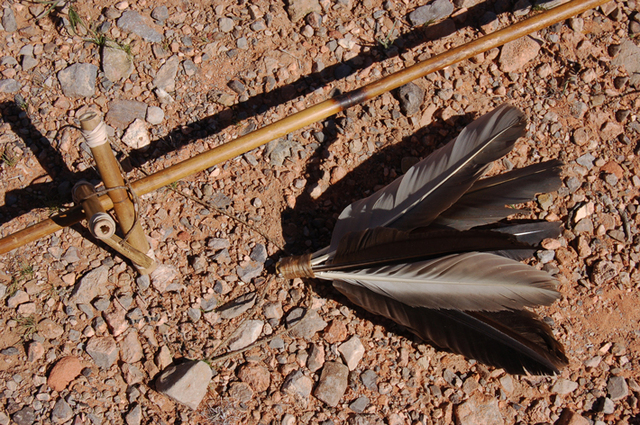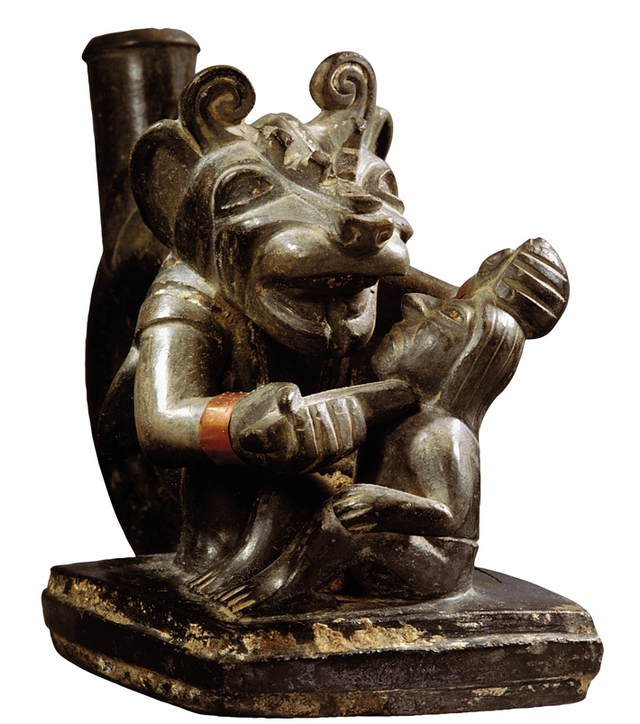Unearthed from the ancient lands of northern Peru, the Moche civilization continues to captivate archaeologists with its rich history and complex rituals. Among their many practices, one ritual stands out: ceremonial badminton. Through reviving this ancient game, researchers are uncovering fascinating insights into the lives of the Moche people, blending sport, spirituality, and societal structure. This intriguing exploration bridges the gap between art and reality, offering a rare glimpse into a civilization long gone.
The Moche Culture and Their Art: Depictions of Rituals and Ceremonies
The Moche people were skilled agriculturalists, seafarers, and artisans who created stunning visual representations of their daily lives, their gods, and their ceremonies. Among their most remarkable contributions to art were vivid murals and ceramics that illustrated their elaborate rituals. These artworks often depicted figures involved in both somber and supernatural ceremonies. Some of the most famous scenes show figures performing human sacrifices, complete with otherworldly features like jaguar heads and bird beaks.
But one particular scene stood out: the depiction of individuals engaged in a ceremonial game involving spear-throwers and feathered objects. This game, dubbed “ceremonial badminton” by scholars, appeared repeatedly in Moche art, showing people throwing spears with feathered objects attached to them, almost as if trying to snare or catch them in mid-air.
The images were both captivating and perplexing. Was this a real game, or merely a mythical activity taking place in a supernatural realm? Donnan, in the early years of his research, couldn’t help but wonder if these activities were rooted in actual events or simply fantastical depictions.
Video
Check out this video to learn about the fascinating Moche Portrait Head Bottle and its significance in ancient culture.
Recreating Ceremonial Badminton: An Archaeologist’s Approach
In 2014, after years of studying the ritualistic art of the Moche, Donnan finally decided to test the feasibility of ceremonial badminton. After studying the depictions for decades, he decided to experiment.
Along with a friend, Donnan fashioned makeshift spears and atlatls using PVC pipes and tied a small, lightweight wooden object with feathers to the spear with a string. The results were astonishing. The string unwound in the air exactly as depicted in the Moche art, and the feathered object floated down gracefully to the ground. The game worked in practice, just as it had been portrayed on ancient pottery.

However, Donnan knew that he was a beginner at spear-throwing and sought further expertise. This is where experimental archaeologist Chris Henry came into the picture. With Henry’s experience in crafting replicas of prehistoric tools and his deep understanding of the atlatl (a spear-throwing device), they began refining their approach to recreate ceremonial badminton more authentically. This collaboration would soon lead to a modern-day revival of an ancient ritual.
Discoveries and Connections: What Archaeological Evidence Reveals
The re-creation of ceremonial badminton was not just an academic exercise. The process revealed profound insights into the lives of the Moche people and their unique use of athletic games in rituals. The Moche art had depicted various tools and weapons that seemed unconnected to modern sports, but these tools, such as the atlatl and crosspiece-spears, were precisely those that made the game come alive.
After their experiments, Donnan and Henry concluded that the Moche did indeed participate in a form of ceremonial badminton, which could have served as a type of ritualistic competition that mirrored aspects of their spiritual beliefs.
The artifacts found alongside the game’s depictions in Moche art further supported their findings. Notably, several Moche burials have been unearthed with ceremonial objects such as crosspieces, feathered objects, and ritual spears, suggesting that the practice of ceremonial badminton was not just symbolic but also involved actual physical contests.
This discovery helped piece together the broader context of Moche life and their values. It became clear that, like many ancient cultures, the Moche used sport to demonstrate skill, power, and prestige, intertwined with their religious practices.
Modern Reenactments: How Archaeologists Brought the Game Back to Life
In 2015, Donnan, together with Henry and other atlatl enthusiasts, took their work to the World Atlatl Association’s annual gathering in the Nevada desert. There, they presented their revived version of Moche ceremonial badminton. The game, as they recreated it, was not competitive but rather a cooperative activity. Participants worked together to toss spears with shuttlecocks in the air, trying to catch them as they floated down, much like a modern target-practice game.

The response was overwhelming. Atlatlists—those who throw spears using atlatls—enthusiastically participated, realizing how much the game resembled a modern practice and how connected it was to ancient ceremonial and athletic events. For the first time in over a thousand years, the game had been revived, and its impact on the understanding of Moche culture and sport was profound.
The Social and Cultural Role of Ceremonial Badminton in Moche Society
Although ceremonial badminton is often associated with solemn rituals in Moche depictions, it’s possible that the game also had a lighter side. Donnan’s discovery of the game’s re-creation added a new layer to its significance in Moche society. The game could have been both a display of athletic prowess and an integral part of larger festivals, akin to modern sports events, where ritual and entertainment blend together.
Just as the ancient Greek Olympics included a range of athletic and religious ceremonies, Moche festivals likely included ceremonial badminton alongside human sacrifice, feasting, and music. This dual role of sport and ritual demonstrates the Moche’s deep connection to both their religious beliefs and their human need for recreation.

The Future of Moche Archaeology: What We Still Don’t Know
Despite the insights gained from recreating ceremonial badminton, much remains unknown about the specifics of the game. Questions linger about the exact rules of the game, the ceremonial significance of the shuttlecock, and how players were chosen to participate. While modern reenactments provide fascinating insights, they can only do so much to uncover the full depth of ancient practices. Archaeologists, including Donnan, continue to search for more evidence, hoping that new discoveries might offer further clues about the role of ceremonial badminton in Moche society.
Video
Dive into this video to explore the rich history and unique customs of the Moche culture.
Conclusion: The Enduring Legacy of Ceremonial Badminton and the Moche Culture
Christopher Donnan’s work in reviving Moche ceremonial badminton has opened up a new perspective on the ancient culture. What once seemed like an enigmatic and mythical practice has been shown to have been a real, significant part of Moche life. Through experimental archaeology, Donnan and his team have demonstrated that Moche rituals were not just solemn but included elements of fun, athletic competition, and community involvement.
As archaeologists continue to explore the rich history of the Moche culture, we can only wonder what other ancient practices, games, and rituals may still await discovery, providing further insights into the lives of the ancient peoples who shaped Peru’s northern coast.
This revitalized understanding of ceremonial badminton, along with the cultural richness it revealed, underscores the power of experimental archaeology in bringing ancient history to life, offering a more vivid and humanized view of the ancient world.



